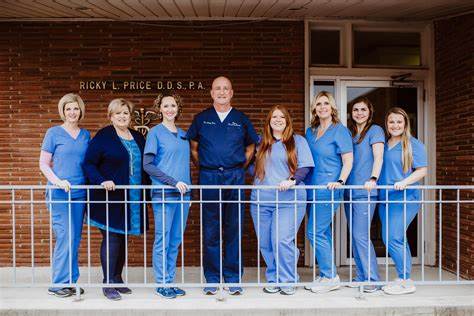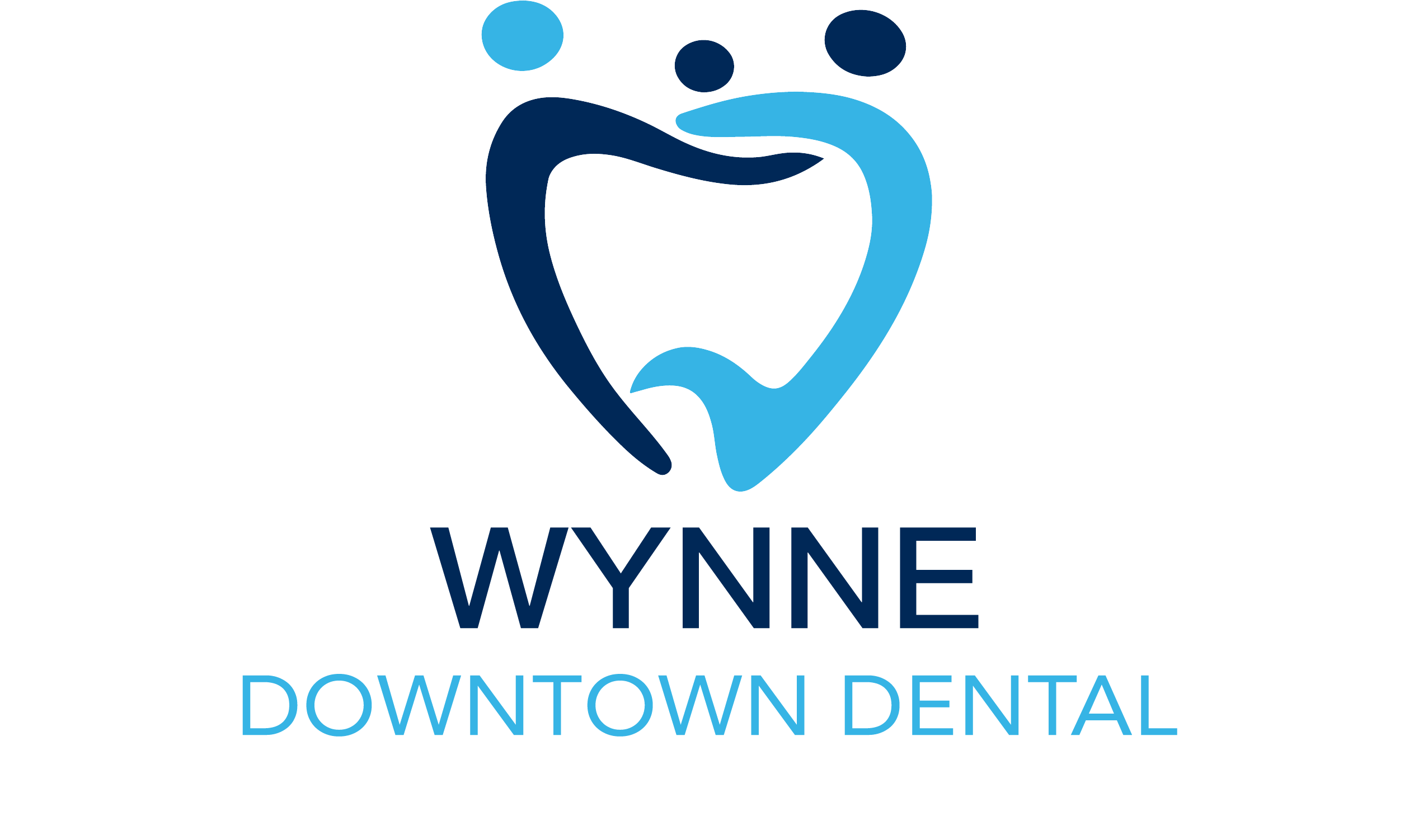
17 Sep What is Sedation Dentistry? – Wynne Downtown Dental
Anxious at the dentist? You’re not alone. According to estimates, 50-80% of Americans struggle with dental anxiety, causing many to avoid the dentist. For those who stress about the dentist, there is a pain-free solution! Fortunately, dental sedation can help alleviate stress and encourage regular dentist visits.
This article explores the benefits of sedation dentistry, and its role in improving patient compliance, comfort, and overall oral health. If you are near Wynne, Arkansas, this post will provide you with options for the best sedation dentistry in Wynne.
Over the last few years, dental sedation has become safer and more common, and the many styles of dental sedation have made it simpler for people to overcome their anxiety and prioritize their health.
What is sedation dentistry?
Also known as “sleep dentistry, ” dental sedation places patients under general anesthesia during their procedure, utilizing a range of different techniques to soothe patients and make them more comfortable during their dental visit.
Types of Sedation Dentistry
There are four options of sedation available during operation: minimal, moderate, and deep sedation, and general anesthesia.
In minimal sedation, patients are fully awake and conscious. Your dentist will use nitrous oxide to induce a relaxed state. You may know nitrous oxide as “laughing gas”, because of its side effect of making the patient feel more joyful and at ease. When used for dental sedation, the patient inhales nitrous oxide through a nosepiece or mask, experiencing calming effects within three minutes and numbing pain.
During the procedure, your dentist controls the amount of laughing gas you receive and adjusts the dosage as needed. When the treatment is over, you will breathe pure oxygen through the nosepiece, in order to flush the nitrous oxide out of your system.
During moderate sedation, patients are still fully conscious but may experience drowsiness and impaired speech or vision. An hour before your procedure, your dentist will give you sedative medicine. Most dentists use triazolam, zaleplon, or lorazepam. For children, pediatric dentists often use midazolam oral syrup for liquid sedation. Some patients fall asleep during oral sedation, but most are still able to communicate with their dentist and are easily awakened.
Under deep sedation, patients are almost fully unconscious. Sedation is administered intravenously, pushing the patient into a deep state of rest, and allowing the dentist to continually adjust sedation levels.
General anesthesia puts patients in a fully unconscious state, blocking all painful stimulation, which is ideal for long procedures.
Recovery times vary and depend on the type of sedation you require. Everybody responds differently to medication. Under minimal anesthesia like laughing gas, patients recover within fifteen minutes and will be able to drive themselves home from the procedure. Individuals who require IV sedation will typically need about 24 hours to make a full recovery. Oral sedation temporarily inhibits memory and motor skills, so patients will need a family member or friend to drive them home after the procedure.
Who could benefit from sedation dentistry?
At Wynne Downtown Dental, the team offers sedation dentistry to support patients with varied concerns. People of all ages, including children, benefit from sedation dentistry. One study found that over 44% of patients have a moderate need for sedation.
Severe dental anxiety or phobia
Those who experience severe stress during dental visits should consider sedation. Studies show that individuals who fear dentist visits often avoid them. Avoiding the dentist allows conditions to worsen, which can make cavities and infections more problematic.
Overactive gag reflex
For some, dental anxiety triggers physical reactions. Others struggle to control natural responses, creating challenges for dentists. If patients cannot cooperate, operations become more difficult. Sedation helps patients feel more comfortable during treatment and reduces the risk of accidental injury.
Low pain threshold/sensitivity
If you have overly sensitive teeth or a low pain threshold, sedation may be necessary. Some individuals find normal levels of discomfort during a dental procedure unbearable. Others may develop a resistance to local anesthesia. In these cases, sedation dentistry provides a more comfortable experience.
Physical or cognitive disability
Sometimes, physical or cognitive disabilities make it hard for a patient to cooperate. To ensure successful treatment, patients with these conditions may require anesthesia. Offering solutions for disabilities helps dentists operate more easily and reduces stress for patients.
Extensive procedures
When a procedure is expected to be long, sedation dentistry can ease the strain on the patient. Sitting through an extensive procedure can be exhausting and painful, so discuss sedation dentistry with your dentist.
Benefits of Sedation Dentistry
Sedation dentistry doesn’t just improve patient experience: it also helps dentists to operate optimally.
Improved Compliance
At the dentist, it can be difficult to remain calm and keep your mouth in the proper position for treatment. When patients are under mild sedation, it’s much easier for the dentist. The patient will be more relaxed and more compliant, by removing the pain and stress. This also reduces the mental pressure on patients, which can lessen anxiety.
Enhanced Dental Care
Long procedures are difficult to endure, but sedation can make them easier. Using a form of anesthesia facilitates complex dental procedures. Sedation allows dentists to work more efficiently, more precisely, and more quickly.
Risks and Considerations
Although sedation dentistry is extremely common, there are risks inherent to any medical procedure. Potential side effects can include drowsiness, nausea, or vomiting. Some patients may develop an allergy to the medication and experience an allergic reaction during sedation. In particular, children are likely to experience agitation as a result of anesthesia. One study suggests that agitation is the most common side effect in children’s sedation procedures.
It can be difficult to predict the effects of some oral medications. After deep sedation, patients can also experience bruising from the IV.
To avoid complications, dentists should screen patients beforehand to ensure sedation is a safe option. Dentists should consider pre-existing medical conditions and a patient’s history with anesthesia or sedatives. To mitigate risk, the patient’s age and overall health must be factored into the decision-making process.
Regulation and Standards
There are professional guidelines for sedation dentistry, and dentists must obtain special certification to offer certain forms of sedation dentistry. At Wynne Downtown Dental in Wynne, Arkansas, Dr. Copeland is proud to offer sedation dentistry options.
Conclusion
For those with dental anxiety, disability, or facing long procedures, sedation dentistry can be a useful tool. Dentists can work more efficiently, making caring for your oral health more simple and pain-free.
Wynne Downtown Dental is your home for sedation dentistry. Our dentists are ready to help you on your dental journey. If you are looking for sedation dentistry in Wynne or any other kind of dental service, contact us today!

About Our Team
With over 30 years of expertise in the field of dentistry, our team here at Wynne Downtown Dental is ready to meet your needs. We’re passionate about educating our patients on improving their oral health and helping our patients get the smile they deserve.
